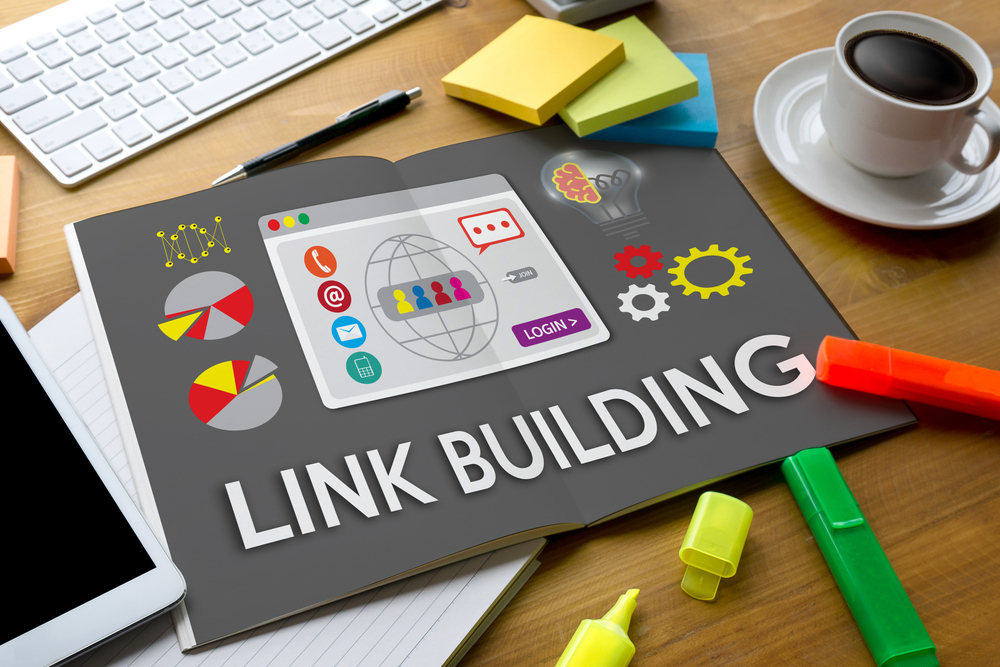
Internal and external links are two of the most important parts of search engine optimization (SEO). They make a website more visible, authoritative, and relevant. Understanding the differences between the two types of links and making the most of their potential can have a big effect on how well a website ranks in search engine results pages (SERPs). This guide tells you everything you need to know about the differences between internal and external linking, their pros and cons, and how to improve your SEO.
Internal Linking:
Internal linking refers to the practice of linking one page of a website to another page within the same domain. These links facilitate navigation for users and search engine crawlers, establishing a hierarchical structure and distributing link equity throughout the website. Here’s why internal linking is crucial for SEO:
Enhanced Website Navigation:
Internal links create pathways for users to navigate seamlessly through different sections of a website, improving the user experience and reducing bounce rates.
Establishing Website Hierarchy:
By strategically linking pages, you can define the hierarchy and importance of various content pieces within your website. This helps search engines understand the structure and relevance of your content.
Distributing Link Equity:
Internal links distribute link equity (also known as link juice) across different pages of the website, which can improve the ranking potential of individual pages.
Boosting Page Authority:
Pages with higher internal links tend to accumulate more authority over time, as they are perceived as more important within the website’s ecosystem.
Best Practices for Internal Linking:

Use Descriptive Anchor Text:
Anchor text should be descriptive and relevant to the linked page’s content, providing users and search engines with context about the destination.
Strategic Placement:
Place internal links within the body content where they make sense contextually. Avoid excessive linking, as it can appear spammy and dilute the user experience.
Utilize Sitemaps:
Incorporate HTML and XML sitemaps to facilitate crawling and indexing of internal links by search engine bots.
Monitor and Update:
Regularly audit internal links to ensure they are functional and updated. Fix broken links and optimize anchor text as needed.
External Linking:
External linking, which is also called outbound linking, is when you connect your website to other trustworthy and related websites on the internet. It may seem counterintuitive to want to get people to leave your site, but external linking is good for SEO in many ways:
Credibility and Trustworthiness:
Linking to reputable sources enhances the credibility and trustworthiness of your content in the eyes of both users and search engines.
Relevance and Context:
External links provide additional context and resources for your audience, enriching their experience and demonstrating your commitment to providing valuable information.
Networking and Relationship Building:
Building external links to other websites can foster relationships with influencers, industry leaders, and potential collaborators, opening up opportunities for future partnerships and collaborations.
Signal of Authority:
Outbound links to authoritative websites signal to search engines that your content is well-researched and backed by credible sources, potentially improving your own website’s authority and ranking.
Best Practices for External Linking:

Choose Quality over Quantity:
Prioritize linking to reputable and authoritative websites that provide valuable information relevant to your content. Avoid linking to spammy or low-quality sites.
Balance Internal and External Links:
Maintain a healthy balance between internal and external links within your content to provide a well-rounded user experience and signal credibility to search engines.
Open Links in New Windows:
When linking to external websites, consider opening the links in new windows or tabs to ensure users remain engaged with your content.
Use Nofollow Attribute When Necessary:
For links to sponsored content, advertisements, or untrusted sources, consider adding the rel=”nofollow” attribute to the HTML code to indicate to search engines that you’re not endorsing or vouching for the linked content.
Conclusion:
In conclusion, internal and external linking are integral components of an effective SEO strategy, each serving distinct yet complementary purposes. Internal linking improves website navigation, distributes link equity, and establishes hierarchy, while external linking enhances credibility, relevance, and authority. By implementing best practices for both types of linking, you can optimize your website’s visibility, user experience, and search engine rankings, ultimately driving organic traffic and achieving your SEO objectives. Remember, a well-structured linking strategy is not only beneficial for SEO but also enhances the overall user experience, which should always be a priority for any website.


